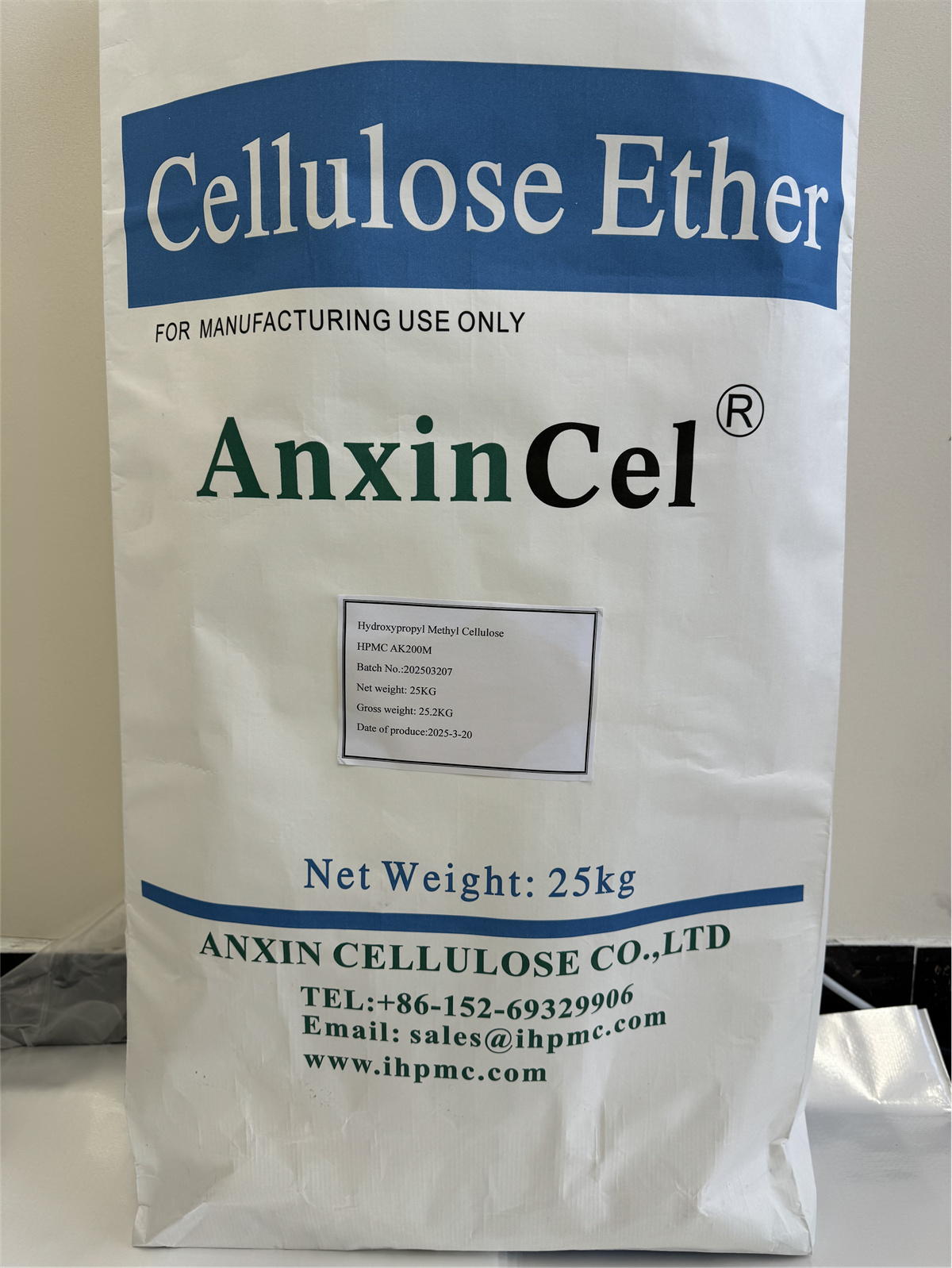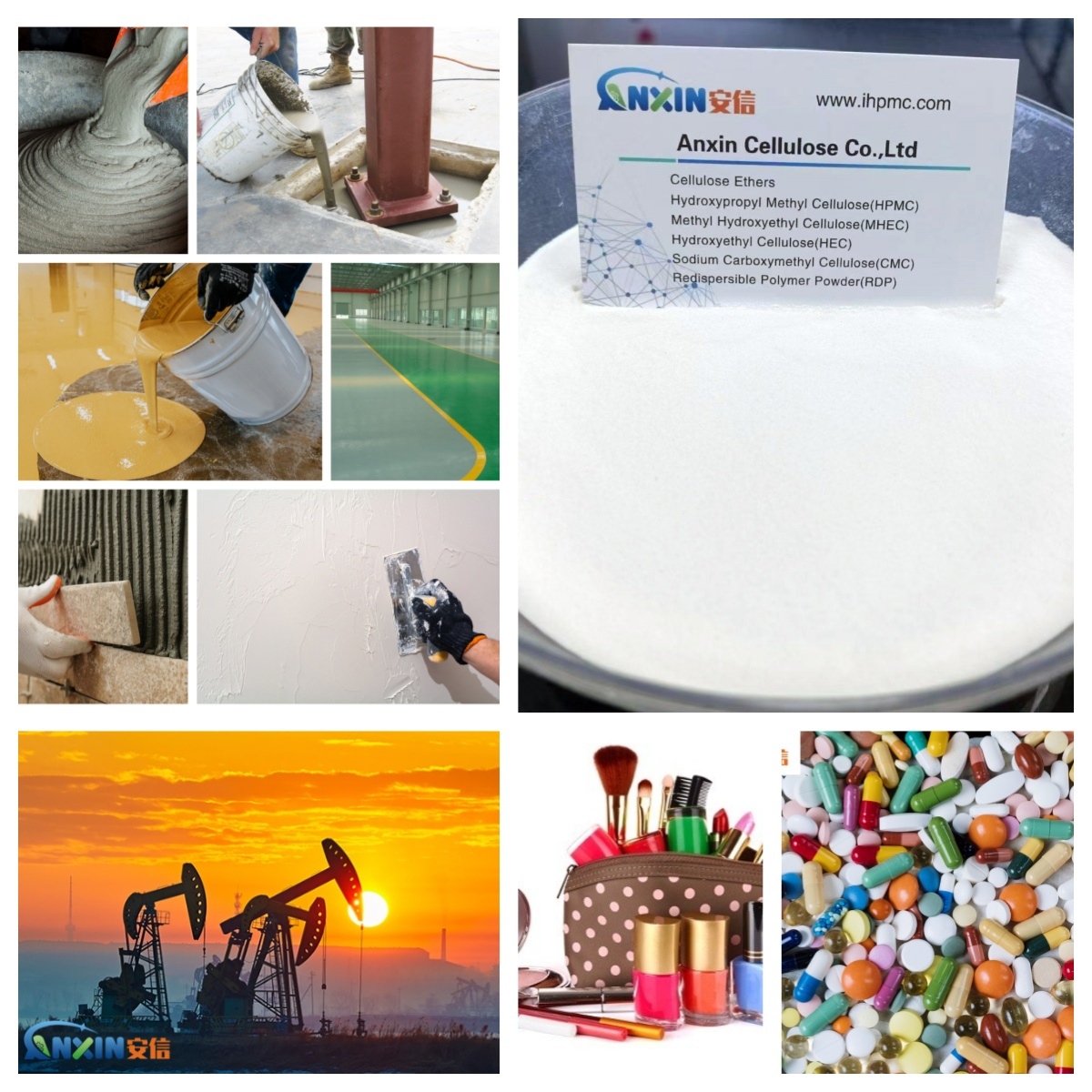Hydroxypropyl methylcellulose (HPMC) is a common chemical substance that is widely used in many industries such as construction, pharmaceuticals, food and cosmetics. However, although HPMC has many excellent properties, such as thickening, emulsification, film formation, and stable suspension systems, it also has some disadvantages and limitations.

1. Solubility issues
Although HPMC can be dissolved in water and some organic solvents, its solubility is affected by temperature. It dissolves slowly in cold water and requires sufficient stirring to completely dissolve, while it may form a gel in high-temperature water, making it unevenly dispersed. This characteristic may bring certain inconveniences to certain application scenarios (such as building materials and pharmaceuticals), and special dissolution processes or additives are required to optimize the dissolution effect.
2. High cost
Compared with some natural or synthetic thickeners, the production cost of HPMC is higher. Due to its complex preparation process, which involves multiple steps such as etherification and purification, its price is higher than other thickeners, such as hydroxyethyl cellulose (HEC) or carboxymethyl cellulose (CMC). When applied on a large scale, cost factors may become an important reason to limit its use.
3. Affected by pH value
HPMC has good stability under different pH environments, but it may degrade under extreme pH conditions (such as strong acid or strong base), affecting its thickening and stabilizing effects. Therefore, the applicability of HPMC may be limited in some application scenarios that require extreme pH conditions (such as special chemical reaction systems).
4. Limited biodegradability
Although HPMC is considered a relatively environmentally friendly material, it still takes a long time for it to be completely biodegraded. In the natural environment, the degradation rate of HPMC is slow, which may have a certain impact on the ecological environment. For applications with high environmental protection requirements, the degradability of HPMC may not be the best choice.
5. Low mechanical strength
When HPMC is used as a film material or gel, its mechanical strength is low and it is easy to break or damage. For example, in the pharmaceutical industry, when HPMC is used to make capsules, it has poor toughness compared to gelatin capsules, and the problem of fragility may affect the stability of transportation and storage. In the construction industry, when HPMC is used as a thickener, although it can improve the adhesion of mortar, it has limited contribution to the mechanical strength of the final product.
6. Hygroscopicity
HPMC has a certain degree of hygroscopicity and easily absorbs moisture in a high humidity environment, which may affect its performance. For example, in food or drug preparations, moisture absorption may cause tablet softening and changes in disintegration performance, thereby affecting the quality stability of the product. Therefore, during storage and use, the environmental humidity needs to be controlled to prevent its performance from deteriorating.
7. Effect on bioavailability
In the pharmaceutical industry, HPMC is often used to prepare sustained-release or controlled-release tablets, but it may affect the release behavior of certain drugs. For example, for hydrophobic drugs, the presence of HPMC may reduce the dissolution rate of the drug in the body, thereby affecting its bioavailability. Therefore, when designing drug formulations, the effect of HPMC on drug release needs to be carefully evaluated, and additional excipients may be required to optimize drug efficacy.
8. Thermal stability
HPMC may degrade or change in performance at higher temperatures. Although HPMC is relatively stable in the general temperature range, it may degrade, discolor, or deteriorate in performance at high temperatures exceeding 200°C, which limits its application in high-temperature processes. For example, in some plastic or rubber processing, HPMC’s insufficient heat resistance may lead to a decrease in product quality.

9. Compatibility issues with other ingredients
In formulation applications, HPMC may react adversely with certain cationic surfactants or specific metal ions, resulting in turbidity or coagulation of the solution. This compatibility issue may affect the quality and appearance of the final product in some applications (such as cosmetics, pharmaceuticals or chemical solutions), requiring compatibility testing and formulation optimization.
Although HPMC is a widely used functional material with excellent thickening, film-forming and stabilizing effects, it also has disadvantages such as limited solubility, high cost, limited biodegradability, low mechanical strength, strong hygroscopicity, impact on drug release, and poor heat resistance. These limitations may affect the application of HPMC in certain specific industries. Therefore, when choosing HPMC as a raw material, it is necessary to comprehensively consider its advantages and disadvantages and optimize it in combination with actual application needs.
Post time: Apr-01-2025